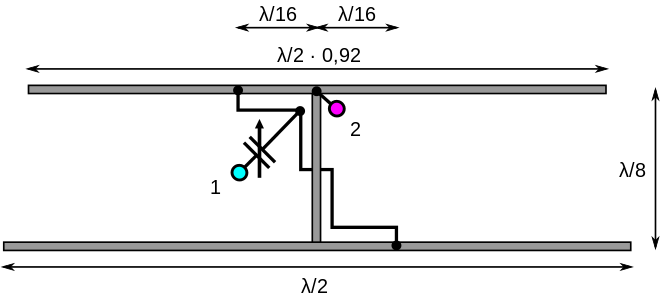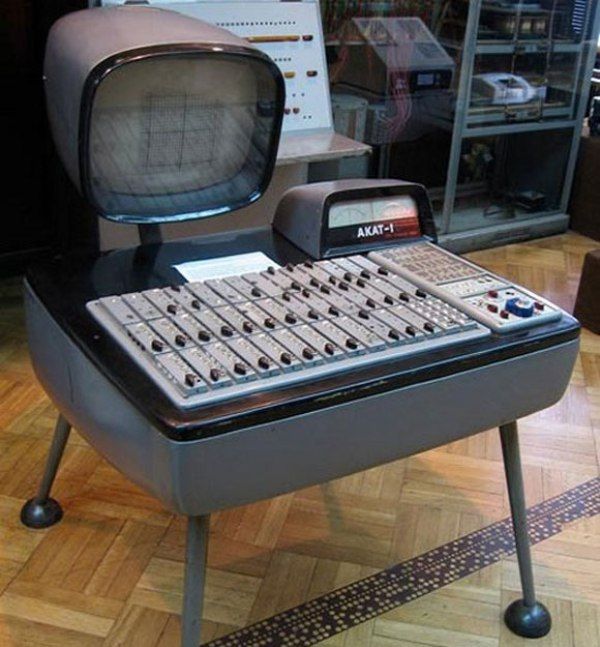
Building my home-made HB9CV antenna.
The HB9CV antenna was developed by the Swiss radio amateur Rudolf Baumgartner HB9CV in the 1950s.
The HB9CV allows for reasonable gain, a good front / rear gain ratio, and most of all: reasonable dimensions . It is mainly used in the high HF and VHF bands .
An HB9CV is considered to be equivalent to a three element Yagi antenna, even slightly better. [ 1 ]
Building
Basically, it is a dipole with two active elements separated 1/8 of the wavelength , between which a conductor establishes a phase shift of 225 degrees to reinforce the gain. The HB9CV provides an improvement to the Yagi Antenna because as it does not have parasitic elements, whose performance is low, with only two active elements a good gain is obtained. The price to pay is a greater mechanical complexity of construction. [ 2 ]
Feeding
The feeding is in gamma (asymmetric) or in delta (symmetric).
Bandwidth
The bandwidth is excellent: the 10m band can be covered with a single antenna despite its large bandwidth (1.9 MHz). The ROE slowly increases towards the ends of the band.
References










